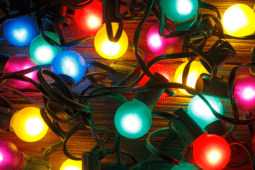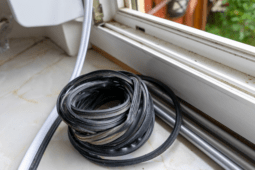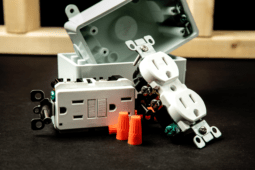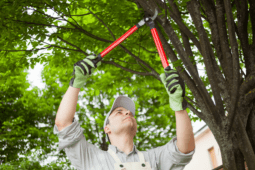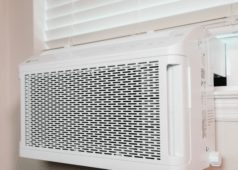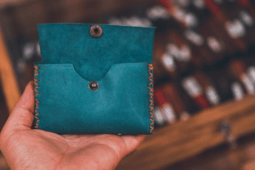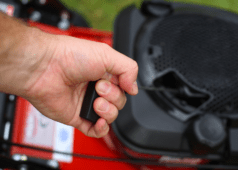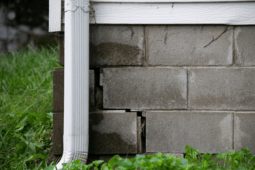How to Clean Up Bug Splatter Without Scratching Your Windshield
We’ve all been there – cruising down the highway on a beautiful day, only to arrive at our destination with a windshield covered in bug splatter. It’s not just unsightly; it can also impair your vision and compromise safety. But fear not, fellow drivers! This guide will equip you with the knowledge and techniques to tackle even the most stubborn insect remains, ensuring a crystal-clear view for all your future adventures.
Start your next woodworking adventure with TedsWoodworking! Dive into 16,000+ projects and bring your ideas to life. Build unique furniture and master new skills with Ted’s detailed, step-by-step plans guiding you every step of the way.
Bug splatter might seem like a minor annoyance, but left unattended, it can become a real headache. The longer those pesky remains sit on your windshield, the harder they become to remove. Not to mention, accumulated bug guts can actually etch into your glass over time, causing permanent damage. That’s why it’s crucial to address this issue promptly and effectively. In this article, we’ll explore the best and safest methods and products to keep your windshield sparkling clean and bug-free.
Timing is Everything: Why Quick Action Matters in Bug Removal
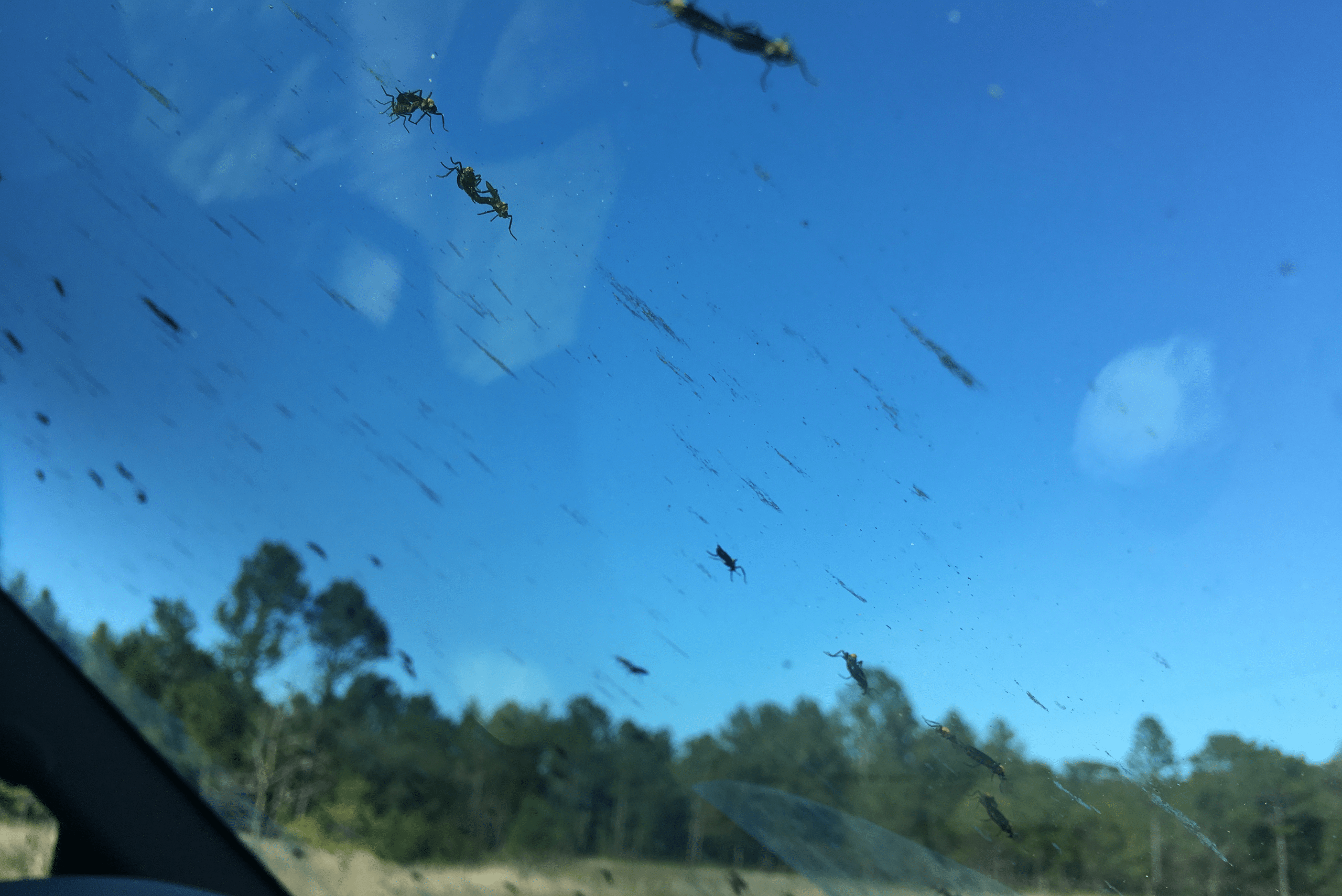
When it comes to dealing with bug splatter, procrastination is your enemy. The sooner you tackle those unsightly smears, the easier they’ll be to remove. Fresh bug remains are still soft and haven’t had the chance to bake onto your windshield under the hot sun. This means they’re much more susceptible to cleaning products and techniques, making your job significantly easier.
Waiting too long to clean bug splatter can lead to a host of problems. As the remains dry out, they become increasingly difficult to remove, often requiring more aggressive cleaning methods that could potentially damage your windshield. Additionally, the longer bug guts sit on your glass, the more likely they are to leave behind stubborn stains or even etch into the surface. By addressing the issue promptly, you’ll save yourself time, effort, and potential headaches down the road.
Essential Tools for Effective Bug Removal
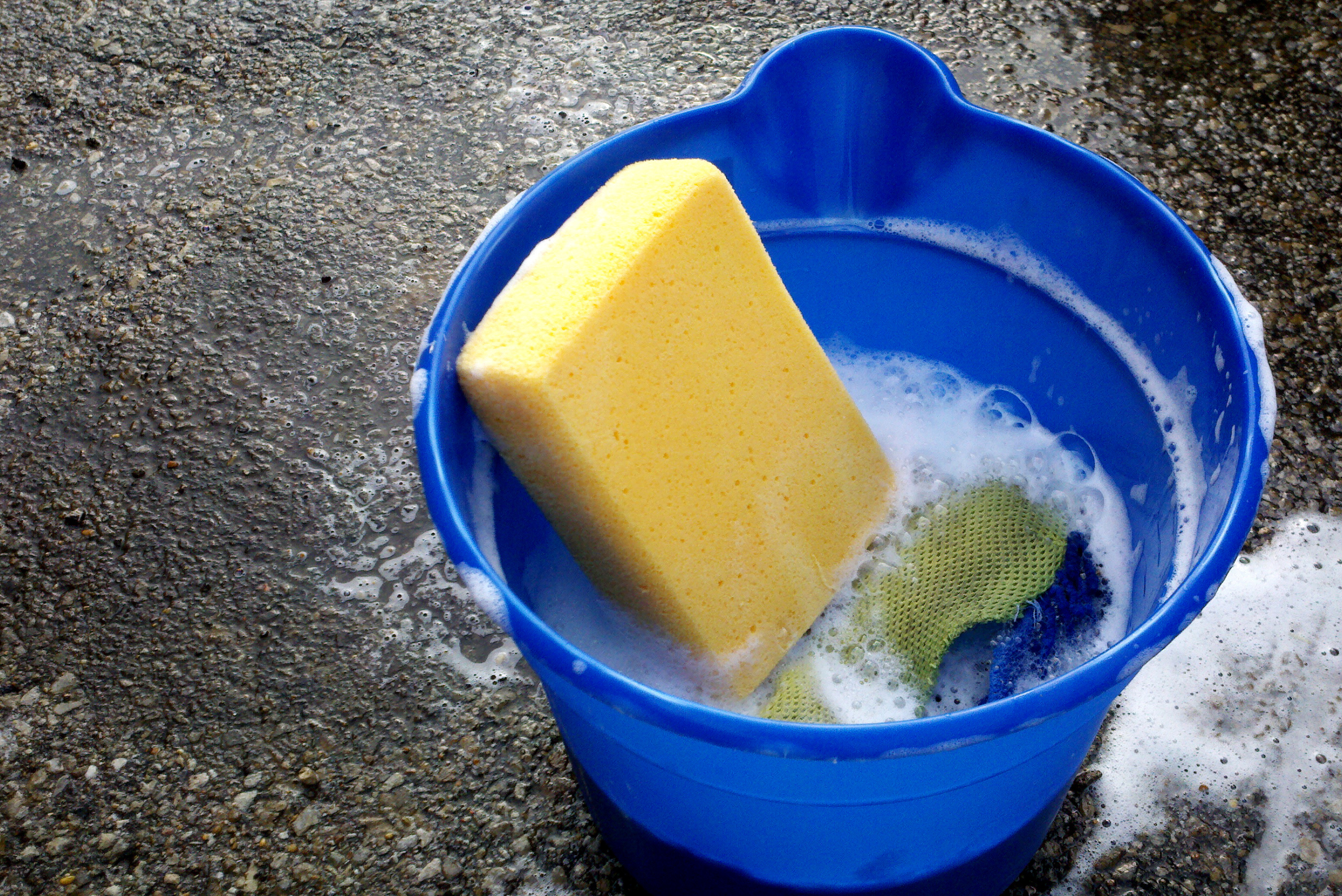
Before you begin your bug-busting mission, it’s important to assemble the right tools for the job. Start with a high-quality microfiber cloth or sponge, which will be gentle on your windshield while still providing enough scrubbing power. You’ll also want to have a spray bottle filled with water and a dedicated glass cleaner on hand. For tougher jobs, consider investing in a bug remover solution specifically designed for automotive use.
Don’t forget about the importance of proper safety equipment. While cleaning your windshield might seem like a harmless task, it’s always better to err on the side of caution. Grab a pair of rubber gloves to protect your hands from harsh chemicals and bug residue. If you’re using any spray products, it’s a good idea to wear safety glasses to shield your eyes from potential splashback. With these tools at your disposal, you’ll be well-prepared to tackle even the most stubborn bug splatter.
The Soak and Scrub Method: Softening Stubborn Bug Remains
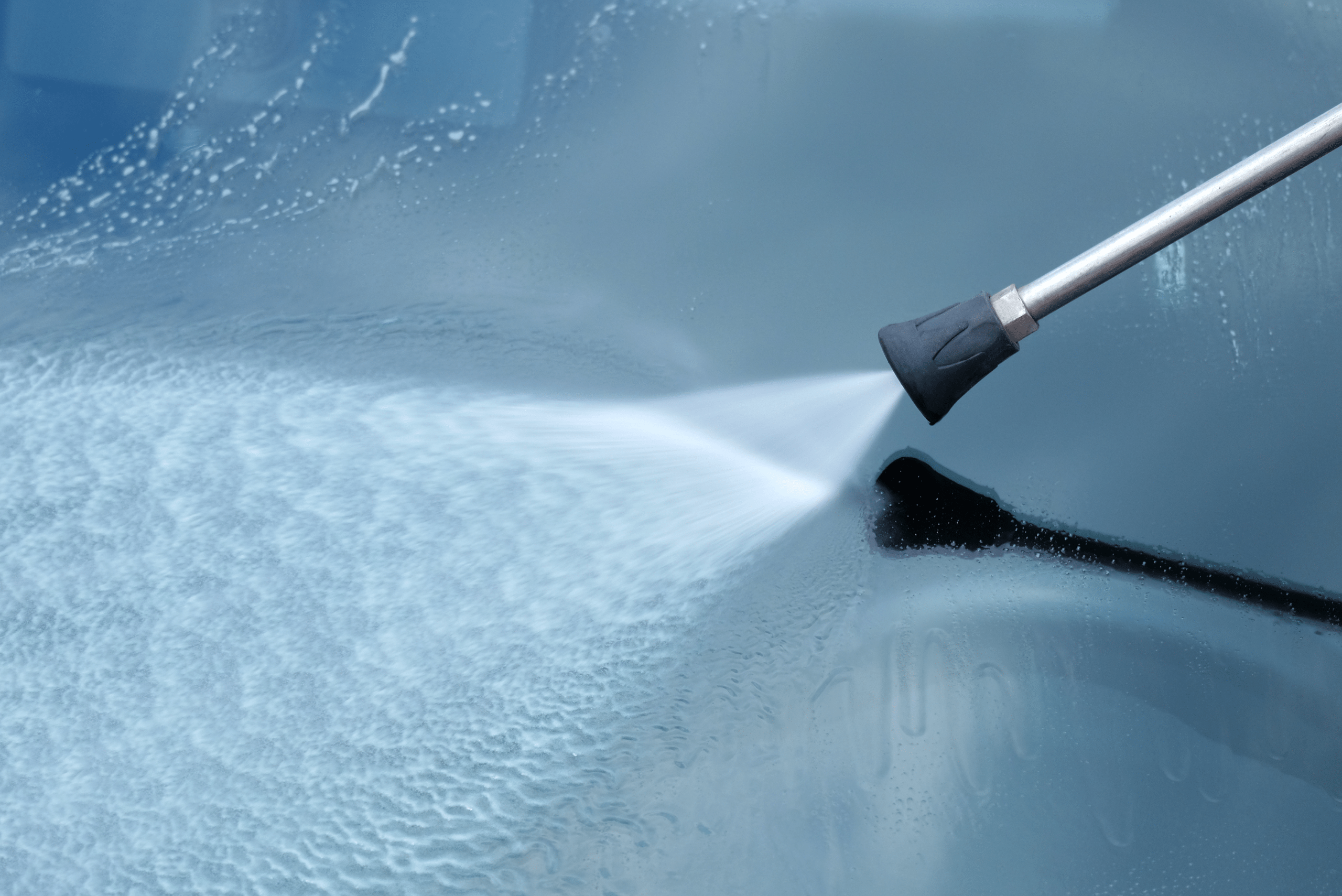
One of the most effective techniques for removing bug splatter is the soak and scrub method. Begin by thoroughly wetting the affected areas of your windshield with plain water. This initial soak helps to soften the dried bug remains, making them easier to remove. Allow the water to sit on the windshield for a few minutes, giving it time to penetrate and loosen the stuck-on debris.
After the soaking period, it’s time to start scrubbing. Use your microfiber cloth or sponge to work gently at the bug splatter in a circular motion. Be patient and persistent, as some spots may require a bit more elbow grease than others. If you encounter particularly stubborn areas, try applying a bit more water and letting it sit for an additional minute or two before resuming your scrubbing efforts. Remember to be gentle to avoid scratching your windshield.
Specialized Solutions: When Water Alone Isn’t Enough
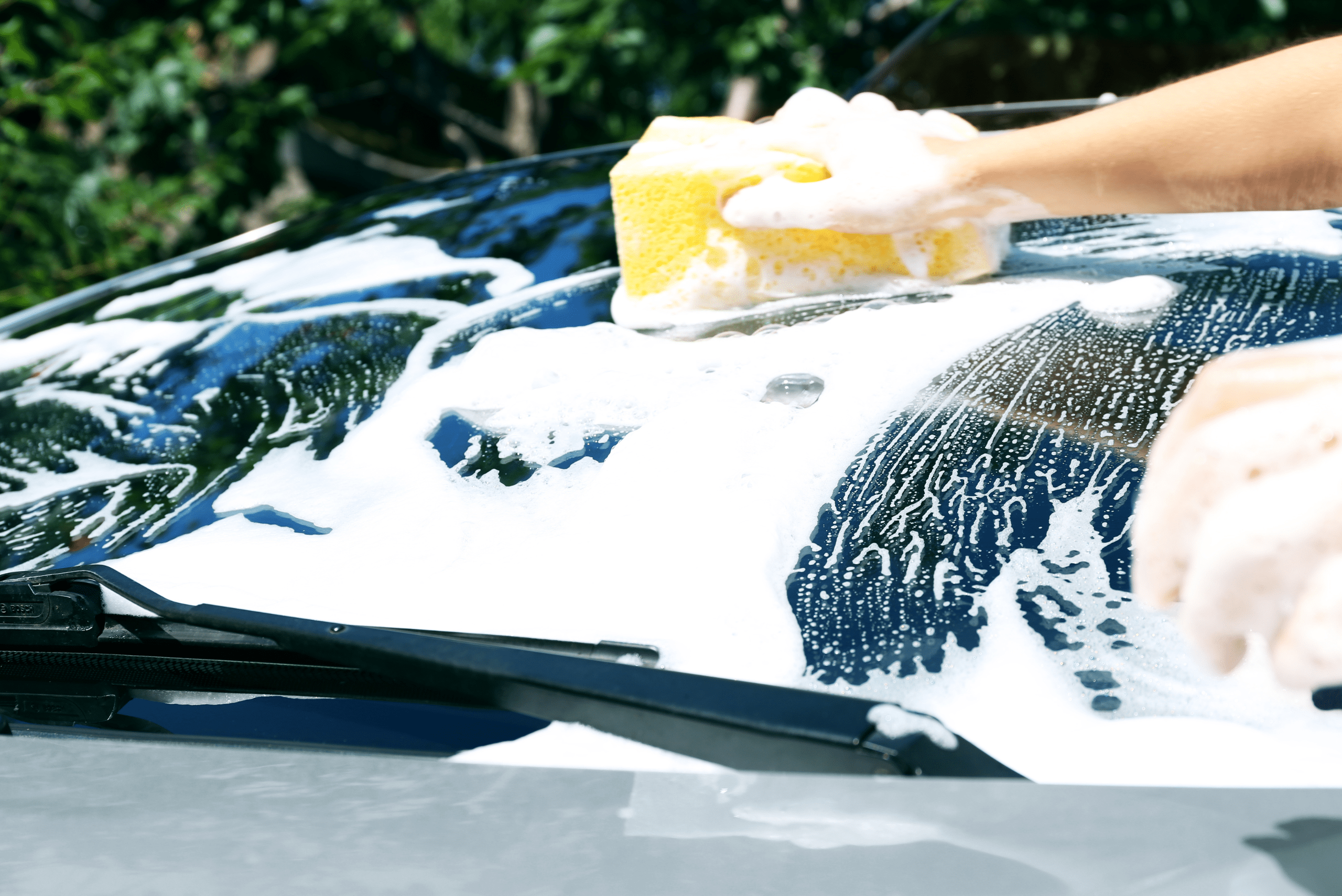
While the soak-and-scrub method can be effective for many bug-splatter situations, sometimes you need a little extra firepower. This is where specialized bug remover solutions come in handy. These products are formulated to break down insect remains quickly and effectively, often without the need for excessive scrubbing. Look for solutions specifically designed for automotive use to ensure they’re safe for your windshield and surrounding paint.
To use a bug remover solution, simply apply it to the affected areas according to the product instructions. Most will require you to let the solution sit for a short period to allow it to penetrate the bug remains. After the waiting period, use your microfiber cloth to wipe away the loosened debris gently. For particularly stubborn spots, you may need to reapply the solution and repeat the process. Always follow up with a thorough rinse and dry to remove any residual cleaner from your windshield.
DIY Remedies: Household Items That Pack a Punch
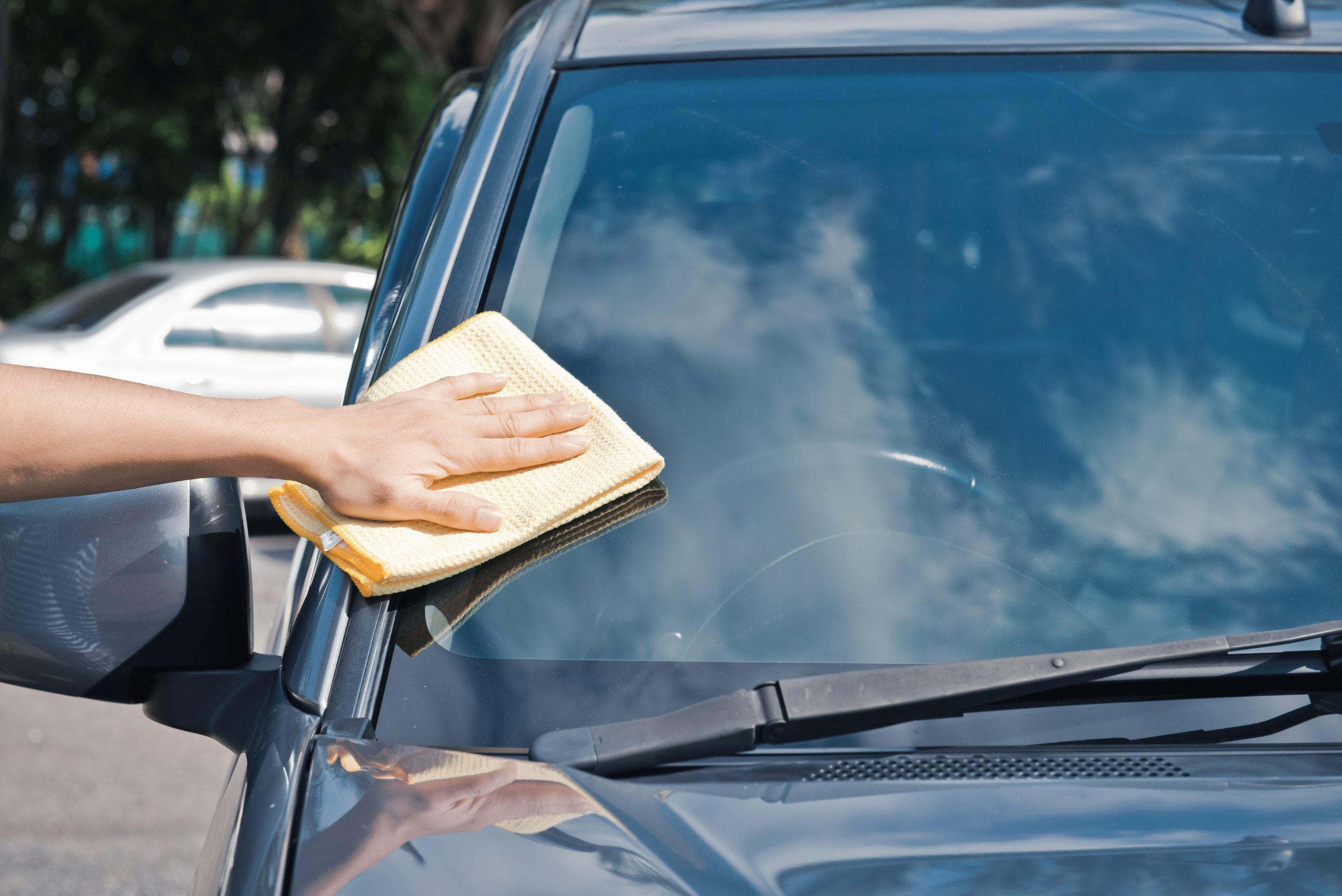
If you don’t have a specialized bug remover on hand, don’t worry—your kitchen might hold the solution. One popular DIY method involves creating a paste from baking soda and water. Apply this paste to the bug splatter and let it sit for a few minutes before gently scrubbing it with a damp cloth. The mild abrasiveness of the baking soda can help lift stubborn remains without damaging your windshield.
Another household hero in the fight against bug splatter is white vinegar. Mix equal parts water and white vinegar in a spray bottle, then apply it to the affected areas. The acidity of the vinegar helps to break down the bug remains, making them easier to wipe away. As with any cleaning method, be sure to rinse your windshield thoroughly afterward to remove any residue. While these DIY solutions can be effective, it’s always best to test them on a small, inconspicuous area first to ensure they don’t cause any adverse reactions.
Related Articles
- How to Change Wiper Blades: Car Maintenance
- The 3 Best Car Window Cleaners of the Year
- Ultimate Guide to Summer Car Cleaning: Shine and Protect Your Ride
With these tips and techniques in your arsenal, you’re now ready to tackle any bug splatter situation that comes your way. Remember, the key to maintaining a crystal-clear windshield is a combination of prompt action, the right tools and products, and proper technique. By incorporating these practices into your regular car care routine, you’ll ensure a safer, more enjoyable driving experience with unobstructed views of the open road ahead.
Ready to start your next project? Join our DIY community to receive tool tips, how-to guides, and exclusive creative insights. Subscribe to the ManMadeDIY newsletter now! Click here to unlock a world of hands-on inspiration.

